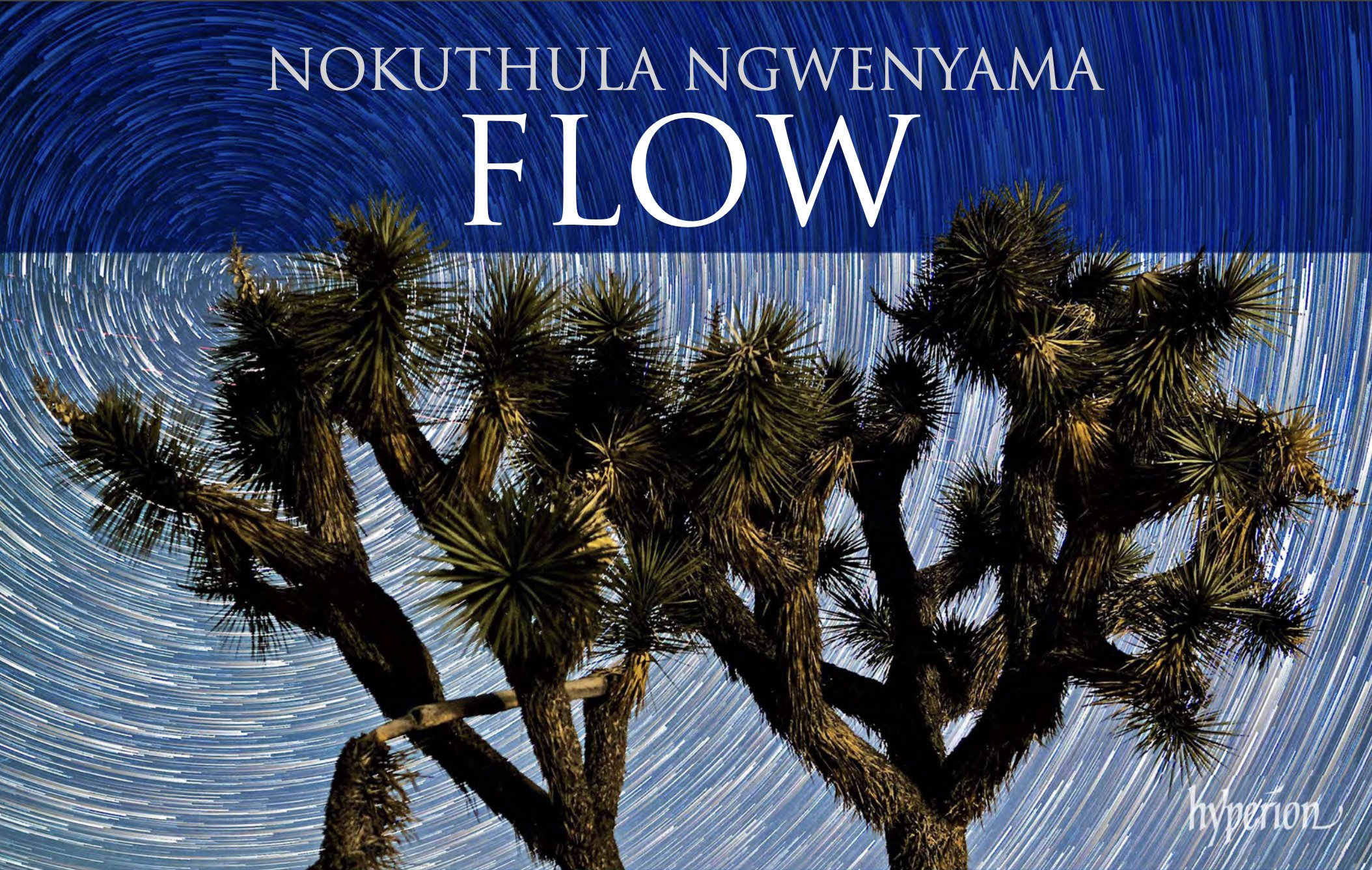
Photo credit Mark Morgan

Listen now on Hyperion
Come in and out of silence
Tone swirling in the balance.
Nothing, then everything
Waving into space.
Then light.
And after a longer while
Air.
And now sixteen strings manually animated
Vibrating through time.
When Harumi Rhodes of the Takacs Quartet asked me about writing a piece for the group I was surprised, greatly honored and fearful. The string quartet is considered a “perfect” ensemble. It inspires delicacy, sensitivity and adventure. The core range is smaller than that of the piano, yet its timbre allows for beauteous interplay. Harumi asked that the quartet be about anything in the natural world, an idea requested by lead commissioner Cal Performances. Fortunately, patterns in music and science pair well, so that brought relief.
Sketch made by Thomas Young to illustrate the two-slit diffraction of light. Narrow slits at A and B act as sources, and waves interfering in various phases are shown at C, D, E, and F. Presented to the Royal Society in 1803. (Source: Wikimedia Commons)
I researched a wide array of subjects for over a year, including the life cycle, carbon reclamation, environmental protection, animal communication, starling murmurations, our last universal common ancestor (LUCA), black hole collisions and the subatomic realm. I also listened to the recordings of the Takacs Quartet with gusto. Systems layered upon other systems revealed a common flow to existence tying us to the initial outburst of energy and matter at the birth of our universe.
“Flow” starts like gas seeping from an infinitely full balloon about to pop. Then, as matter inflates space, climactic material is presented almost immediately before abruptly burning out for the universal dark ages. The Prelude examines “B’ing/BE’ing” melodically and harmonically through moments of pranayama (the transformative power of breath). It ends with a trailing Om.
Audio by John G. Cramer. Cosmoknowledge, June 7, 2019
Image by NASA WMAP Science Team
The Lento brings further cooling and space in chorale around an octave B-centric pedal. Prelude motifs are given space to develop.
NASA WMAP
And There Was Light: Internal 3D view of the gas density evolution in Thesan-1
Quark Scherzo explores our fundamentally playful selves. The subatomic realm waltzes up and down while we embrace ideas of solidity and ego. The trio provides no break and instead intones a ballad over cello triplets. The movement ends in a virtuosic flurry.
NASA WMAP
The Finale settles into a stylized recitative where three lower strings solo before coming together to feature a soaring treble voice. Flowing triplets turn into a Classical Indian Dadra Tal (even six beat) rhythm in the bass line while upper strings bow the sides of their instruments simulating Cosmic Microwave Background (CMB) radiation. Upper strings join via pizzicati glissandi. There is a return to the Prelude opening, then a slingshot into ecstatic starling murmurations. Lower strings continue unrelentingly while violin lines chase one another, instantaneously turning and merging. They eventually land, and the sky calms through long D overtone glissando. A retreating tremolo reveals a melody first played by the viola, then shared throughout the ensemble to joyful conclusion.
— Nokuthula Endo Ngwenyama
A murmuration of starlings (Søren Solkær)



